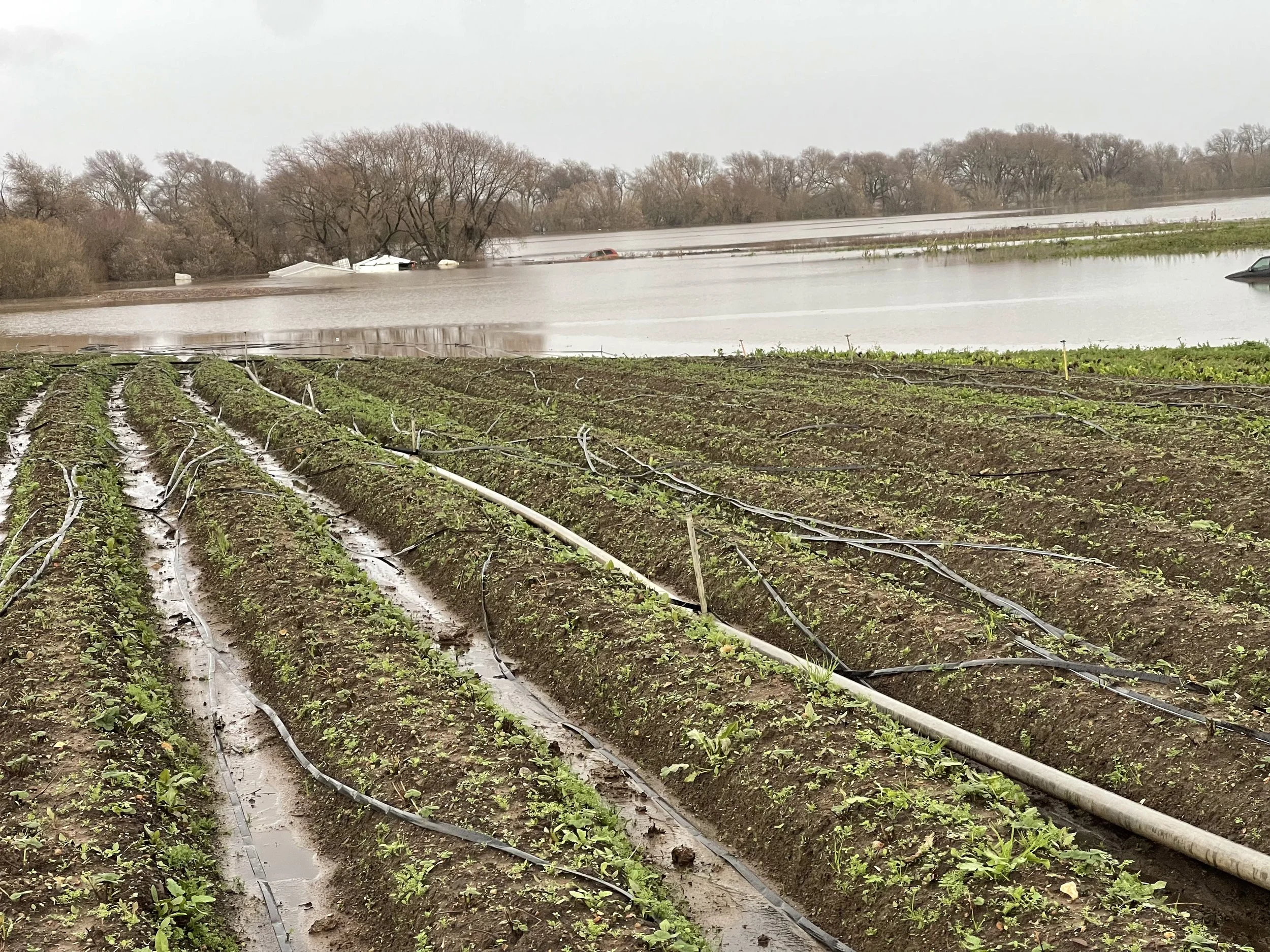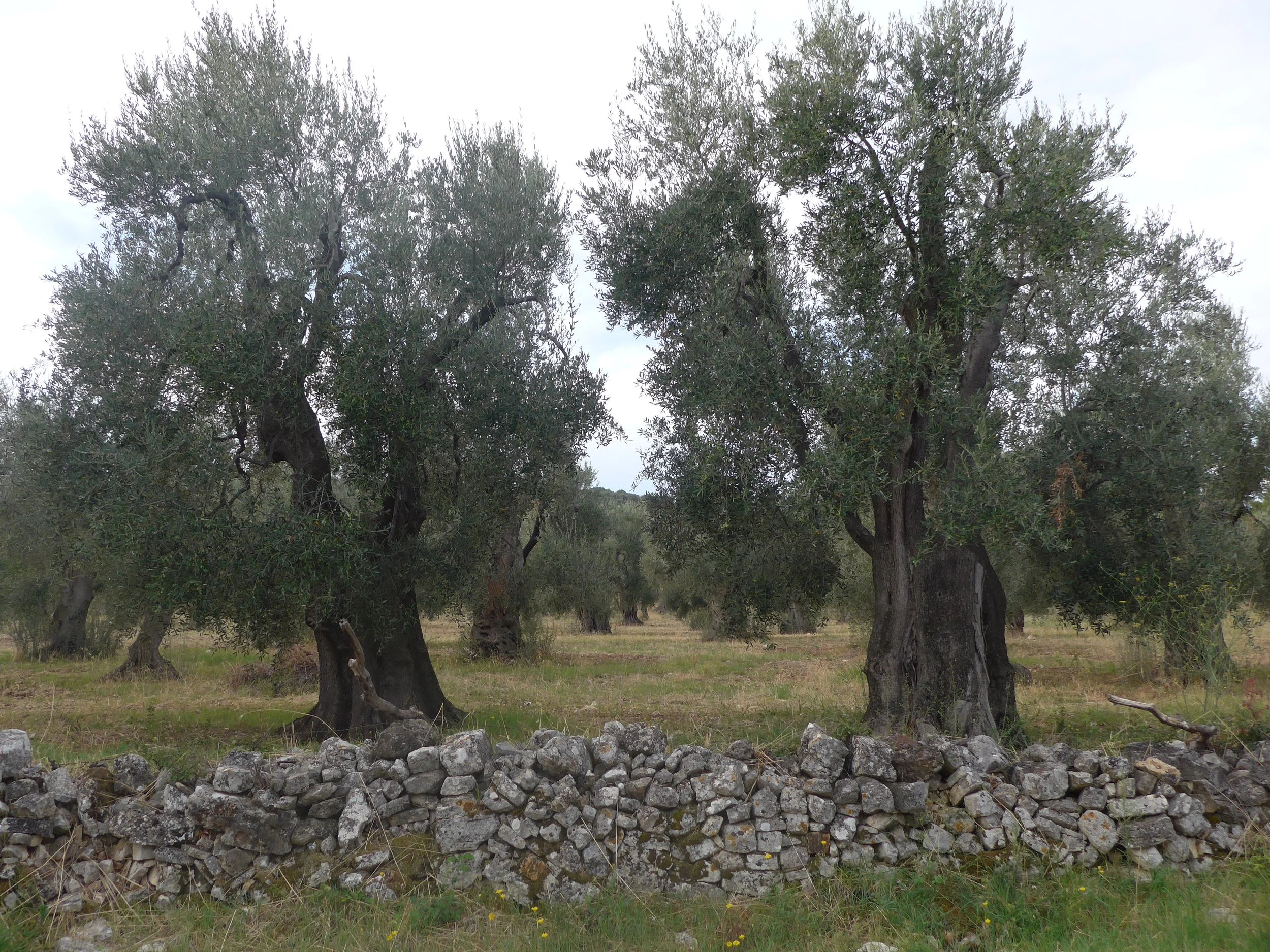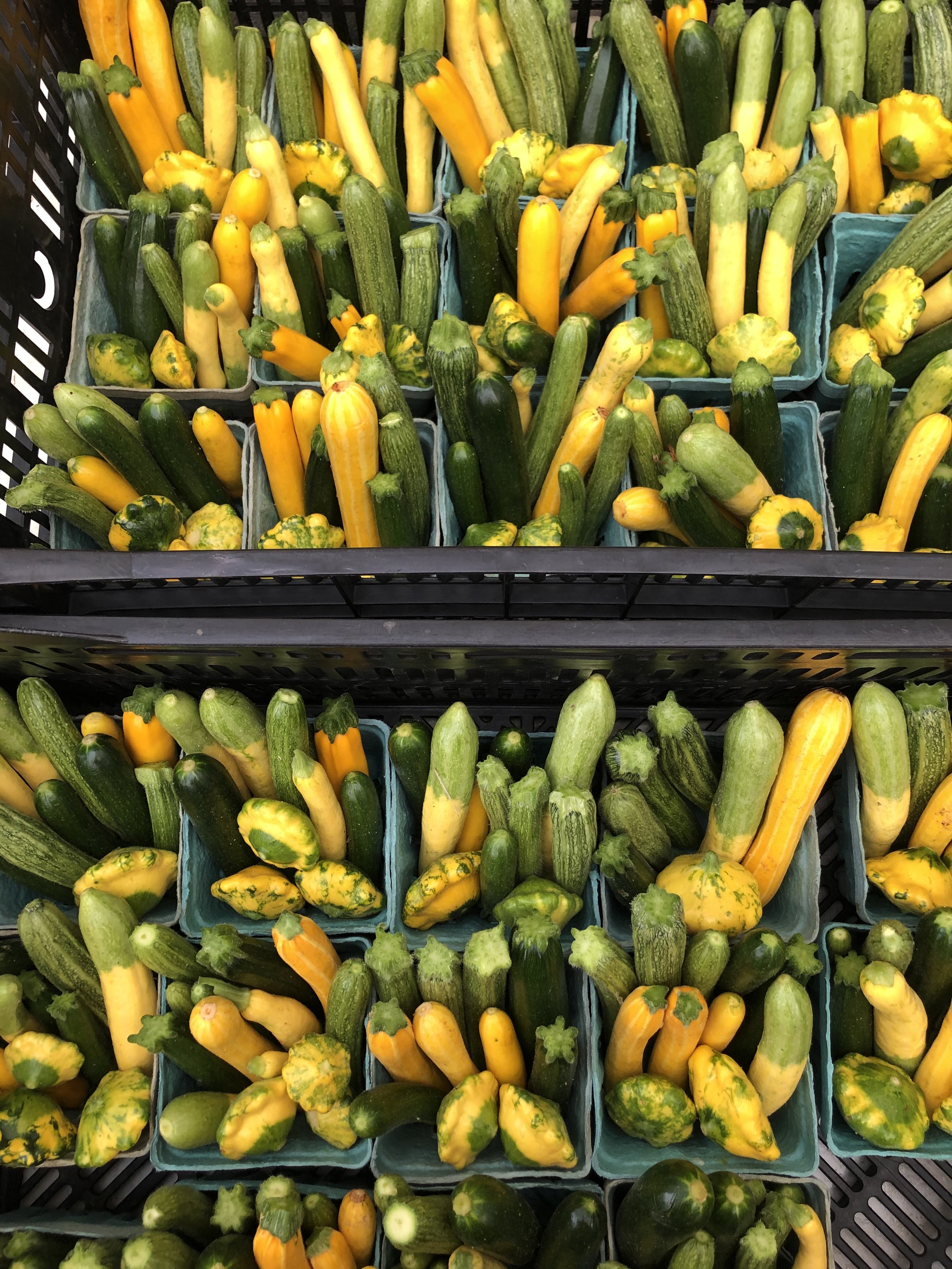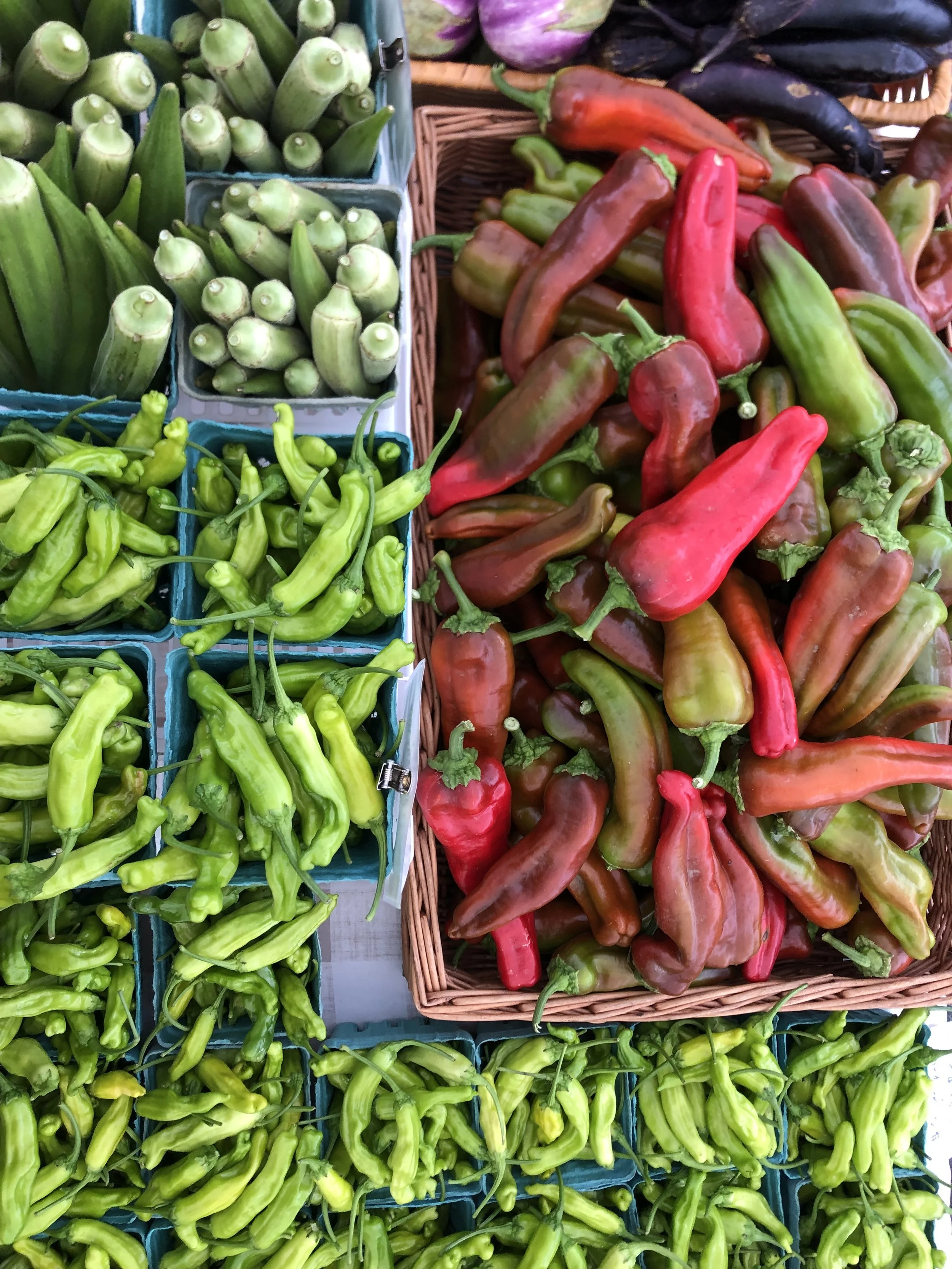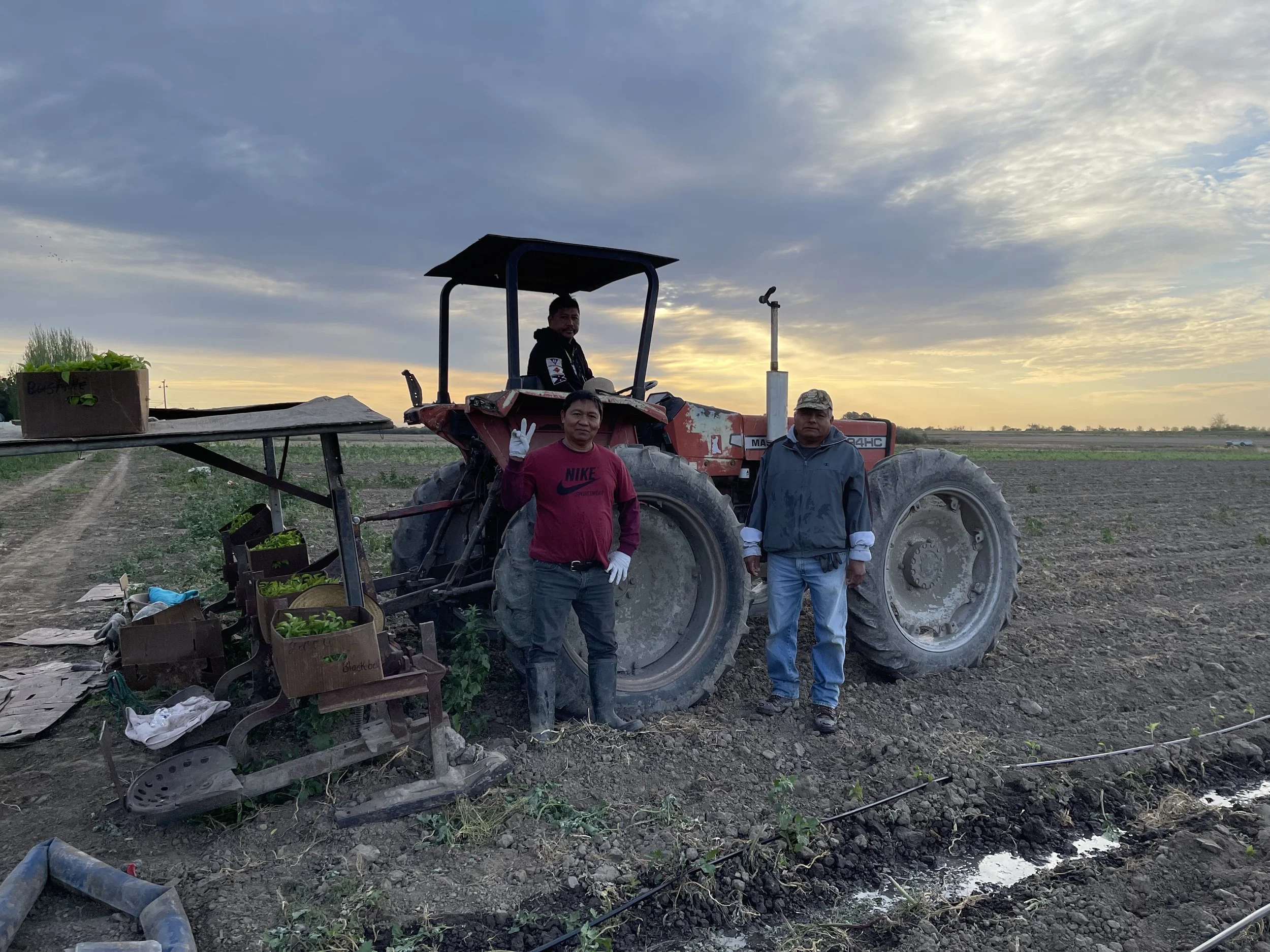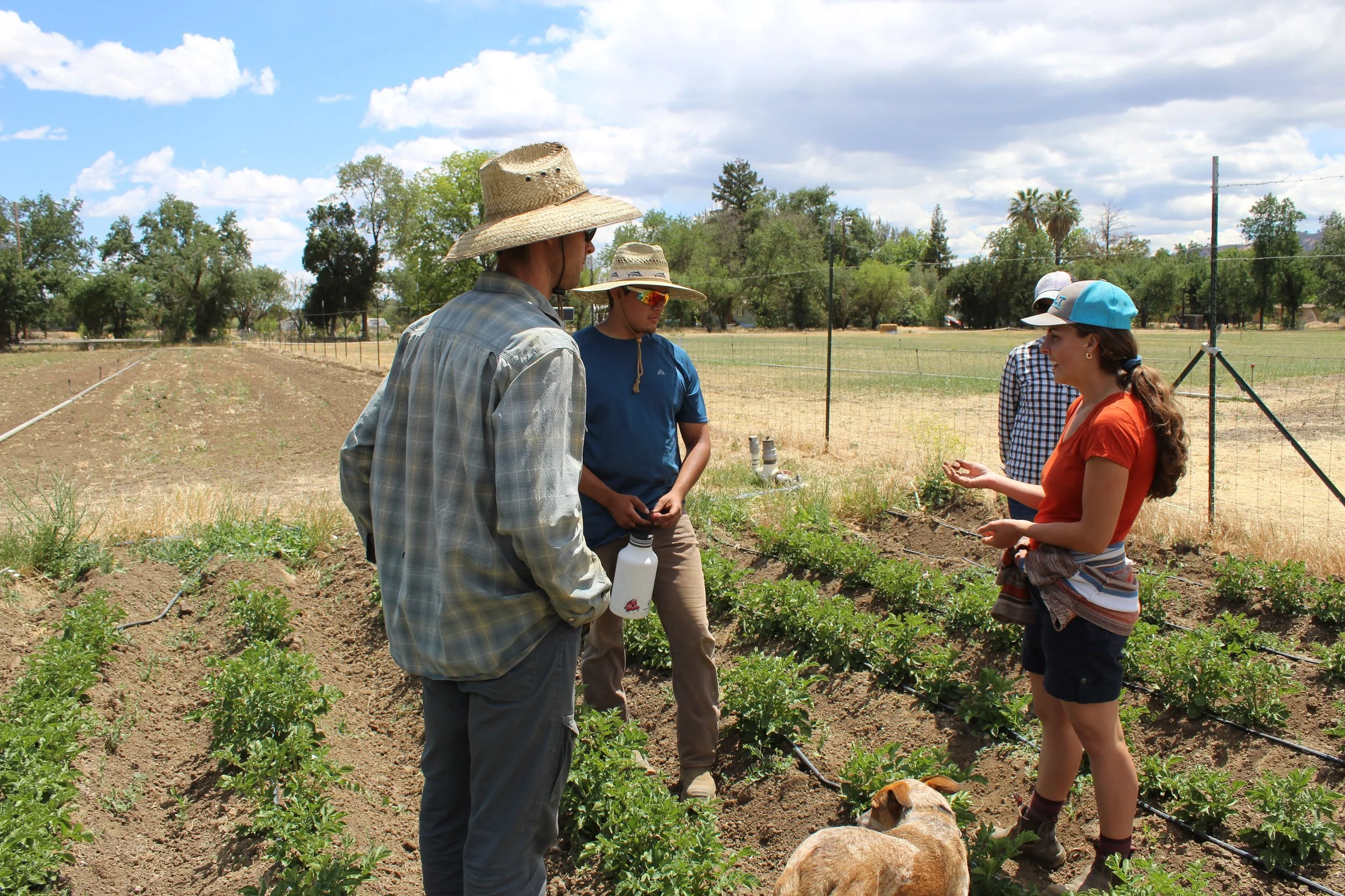Originally published on February 24, 2023 in the Napa Valley Register.
By nature, farming is a process of cycles. Cycles of planting, tending, harvesting, birthing of animals, death of animals, spring growth, winter hibernation… on and on every year. For every farmer there are certain seasonal milestones that punctate these cycles and mark the start or passing of different cycles.
In Napa, one seasonal milestone everyone is aware of is the harvest, or cosecha, of grapes. For several weeks it is all hands, all tractors, and all hope on deck. Brix are measured, equipment is prepared, harvesters are hired, and after, comes the relief that this year’s fruit is out of the field. There is always more work to be done, but grape harvest is a milestone.
Support local news coverage and the people who report it by subscribing to the Napa Valley Register.
For my shepherd friends Christian and Shannon of Perennial Grazing, who run a sheep grazing service, there are two seasonal milestones.
First is grazing their sheep in vineyards or orchards during the winter. It is a tight window to navigate between winter rains that can compact soil if too many sheep are out in the fields, and getting as much grazing done before buds break in the vineyards and orchards.
Soon after the grazing season comes the spring lambing season when mothers are giving birth to lambs. Suddenly their flock is particularly vulnerable to stress, predators, sickness, weather and the complications of giving birth. The work of a shepherd goes on throughout the year, but these two seasonal milestones mark the success of their business.
On my farm, Sun Tracker Farm, we just passed a major seasonal milestone that was particularly poignant this year. Because of the previous years of drought, last 2022 growing season, my husband and I made the difficult decision to not plant summer crops due to a failing water well and a year-long waitlist to drill a new water well. This meant that by May of 2022 we no longer had crops growing in our fields. This December we were finally able to drill a new water well, and we thus had a secure source of water for the coming years.
Since November we started sowing seeds in anticipation of the 2023 growing season, but it was not until this week that we felt the true start of the farming season. You see, for us vegetable farmers our major seasonal milestones revolve mostly around potatoes.
We normally plant our seed potatoes anywhere between the middle of February to the middle of March. Planting seed potatoes literally means taking thousands of pounds of potatoes that we bought from a seed potato company, cutting them to a small size, and planting them in soil. It is important to buy seed potatoes from a company because potatoes are very good at harboring and propagating disease, and purchased seed potatoes are “guaranteed” to be disease-free.
Potato planting time is also a stressful and narrow window to navigate. During years of heavy rain we must sometimes wait weeks until the soil is dry enough to cultivate. If we plant our potatoes too early we run the risk of April frosts that can kill the newly sprouted potato plants. If we plant too late, we miss the opportunity to be the first farmers on the market selling new, spring potatoes with their lovely thin skins and unique flavor.
Over the years of growing potatoes we also learned that nothing “waters-in” a potato planting better than rain. Some years we planted potatoes too late with no spring rains to follow and harvested half what we expected. You can water-in potatoes with sprinklers, but it never soaks the soil and triggers sprouting as well as a good storm from Mother Nature. So if we want the best potato harvest possible we try to plant potatoes right before a storm.
This year there is snow and rain on the forecast for late February, a perfect time to plant potatoes. Last Sunday we therefore cut and prepped our seed potatoes in the evening while our kids were asleep, and yesterday we planted rows and rows of seed potatoes, tucking them in for the next few months.
In May we will start hand-digging our spring potatoes, uncovering the desiccated seed potato bits that yielded dozens of shiny tubers powdered in soil. And again in July we will go through another important seasonal milestone of harvesting our storage potatoes. Oftentimes this is during the hottest time of the year, and also when we are the most tired, but I will not worry about that today.
As I write this article, I see a storm heading our way. Our potatoes are in the ground and for this farmer, the 2023 farm season has officially started!


